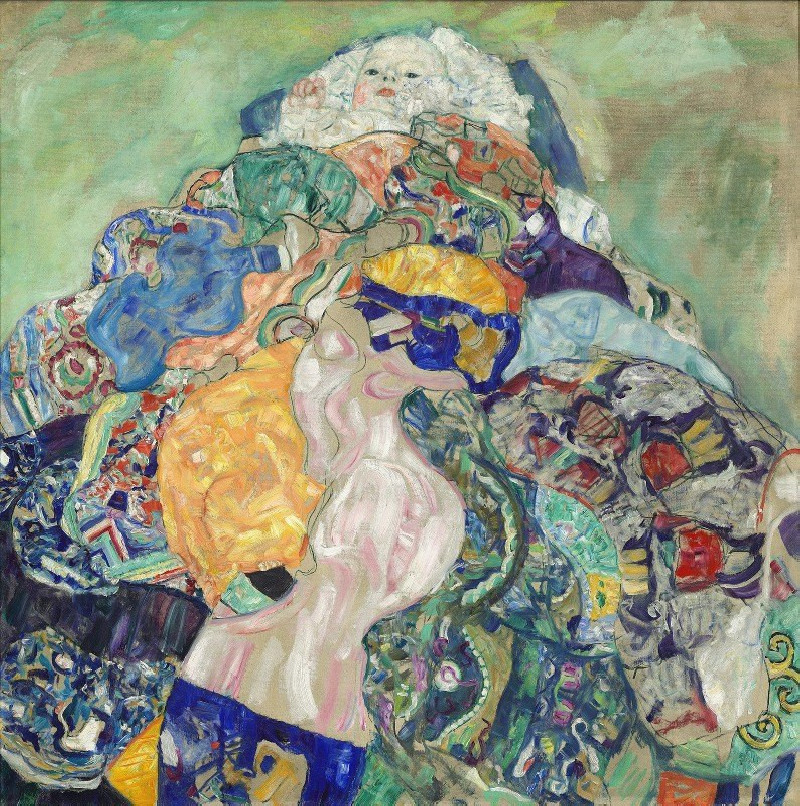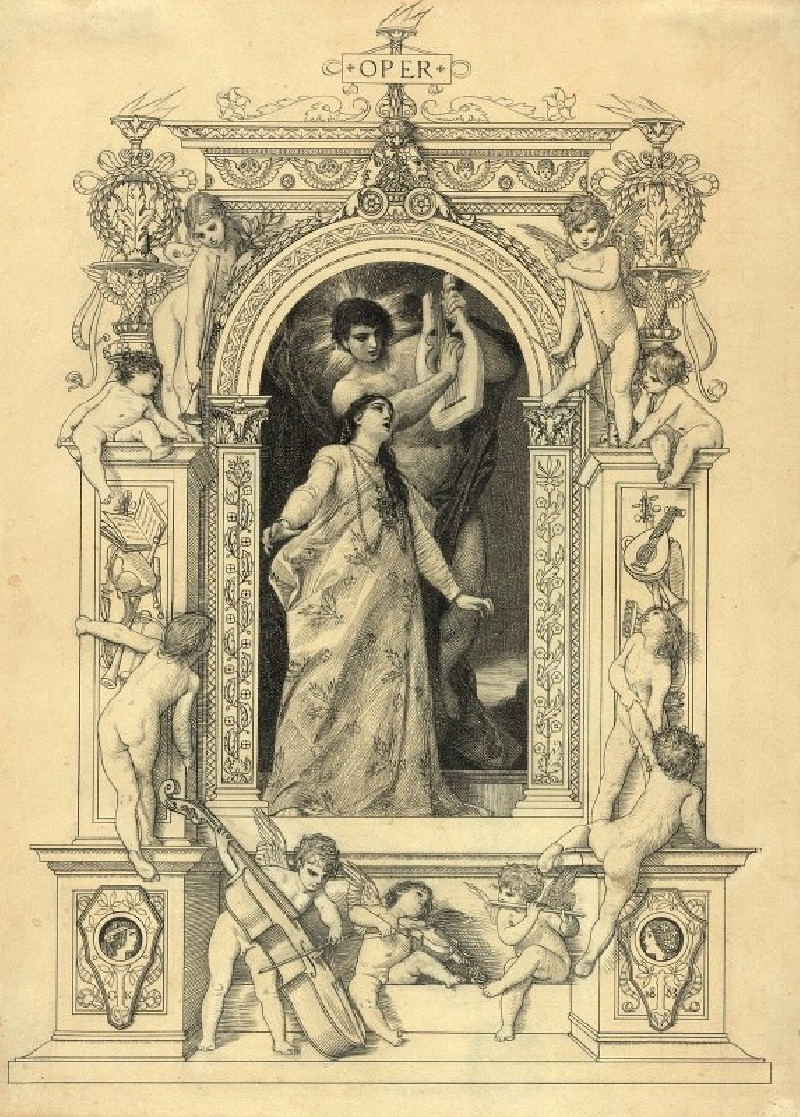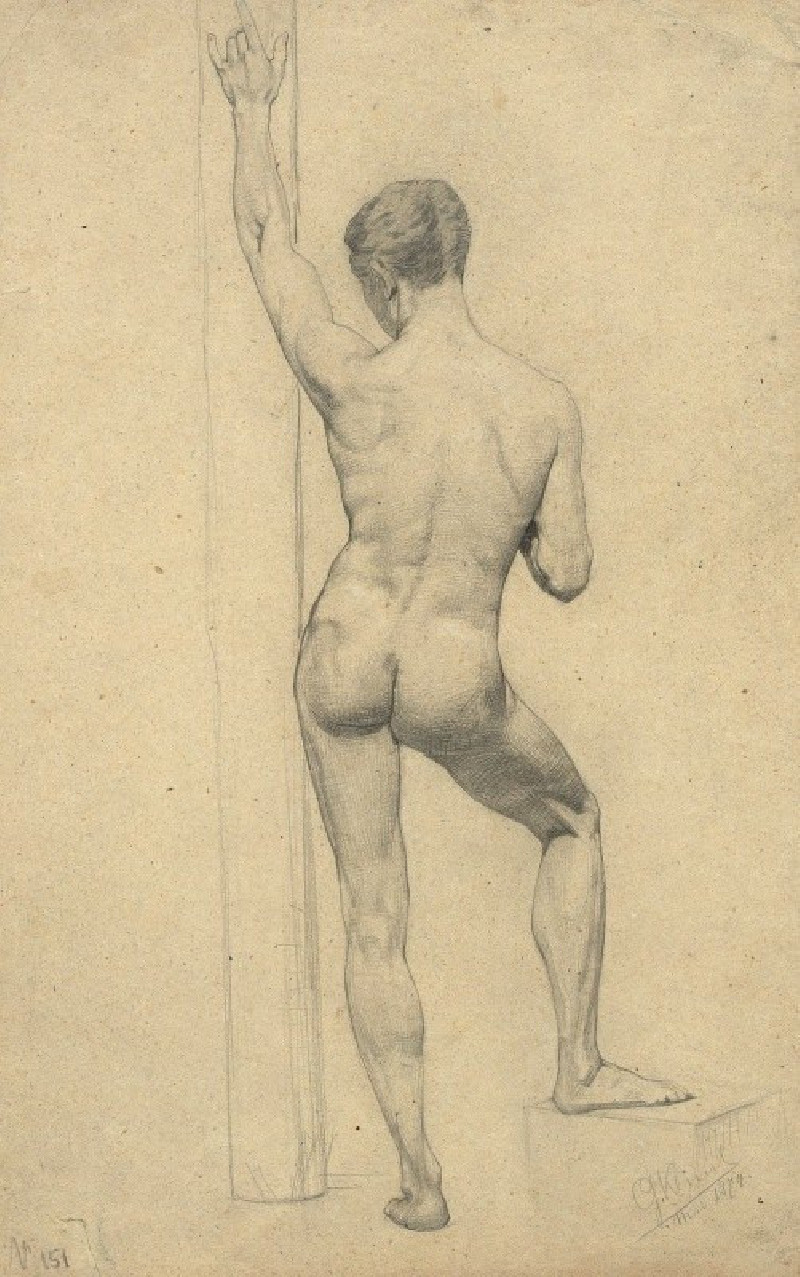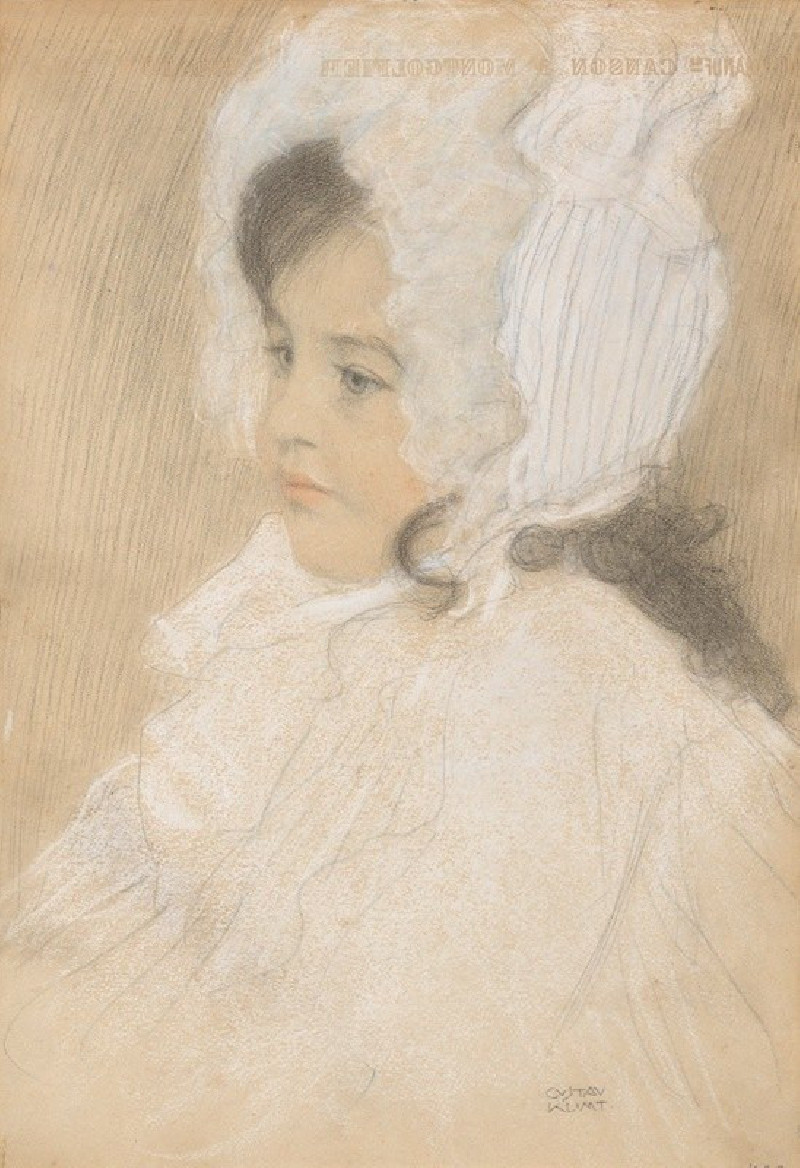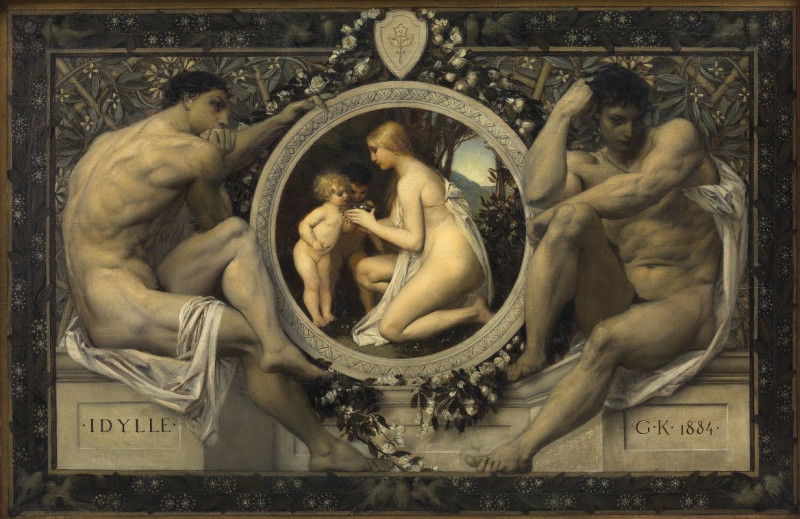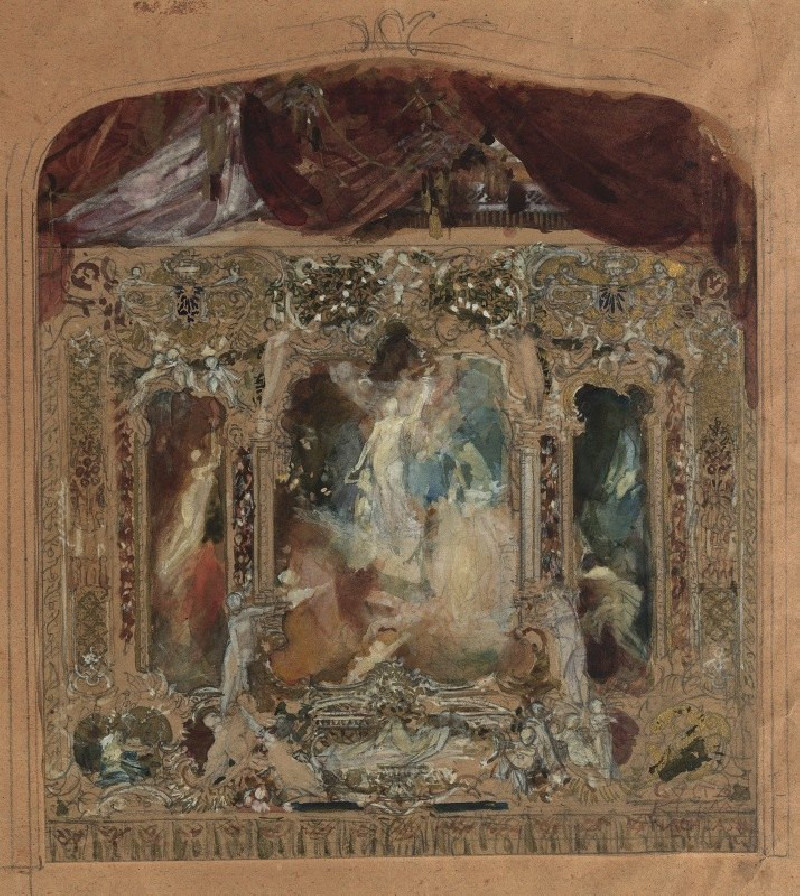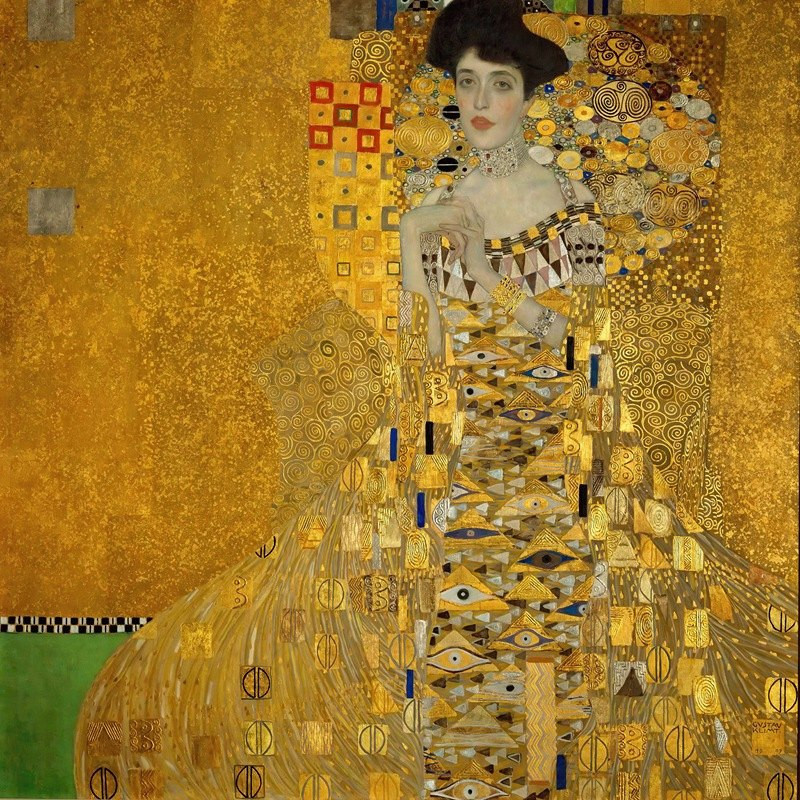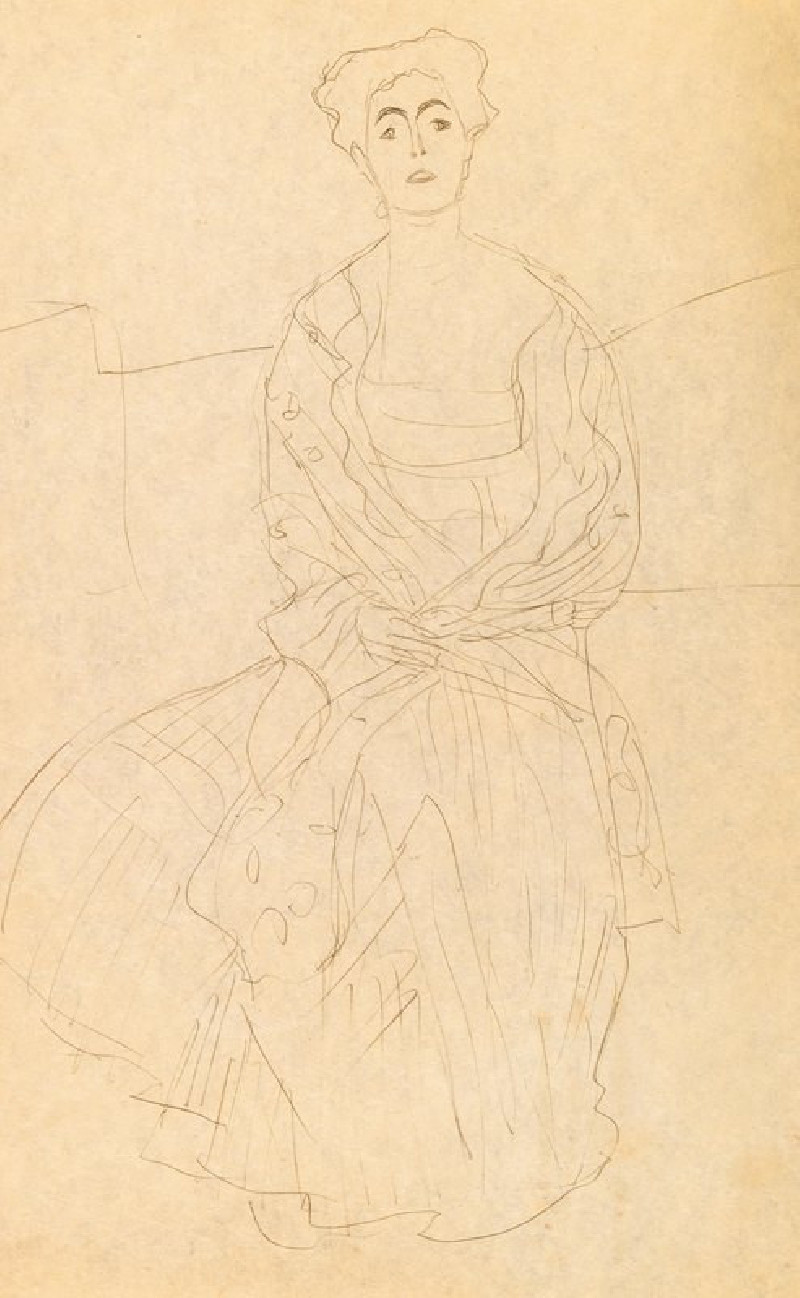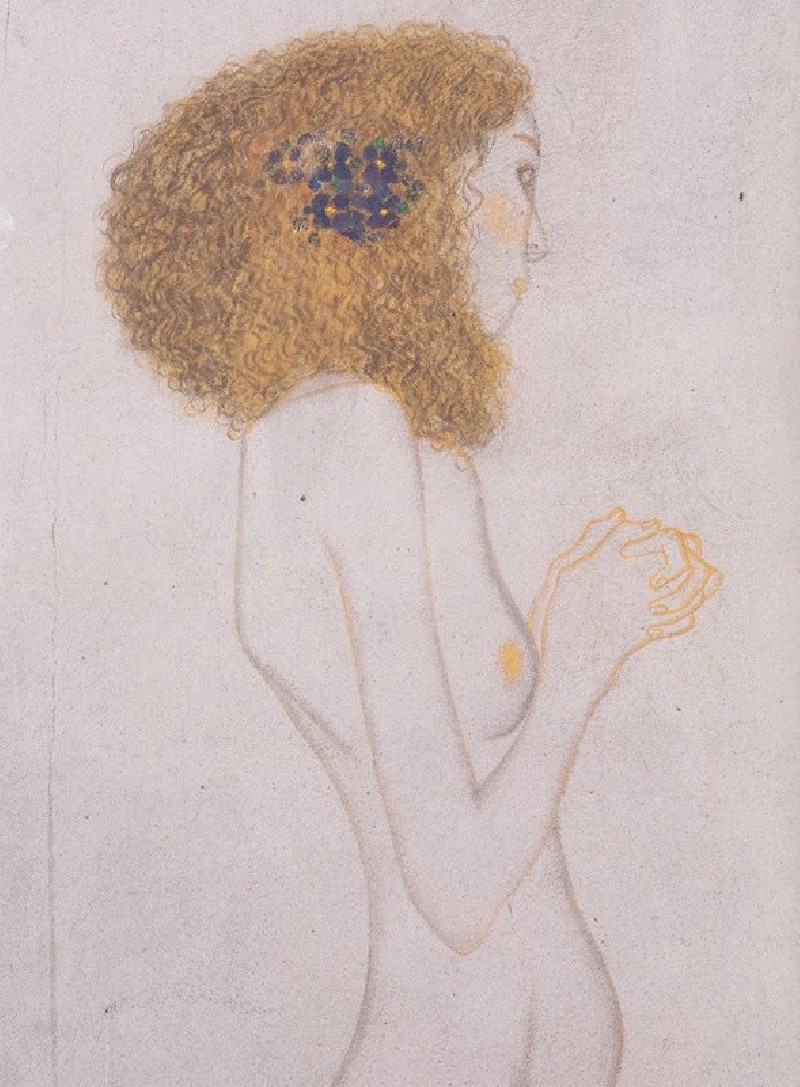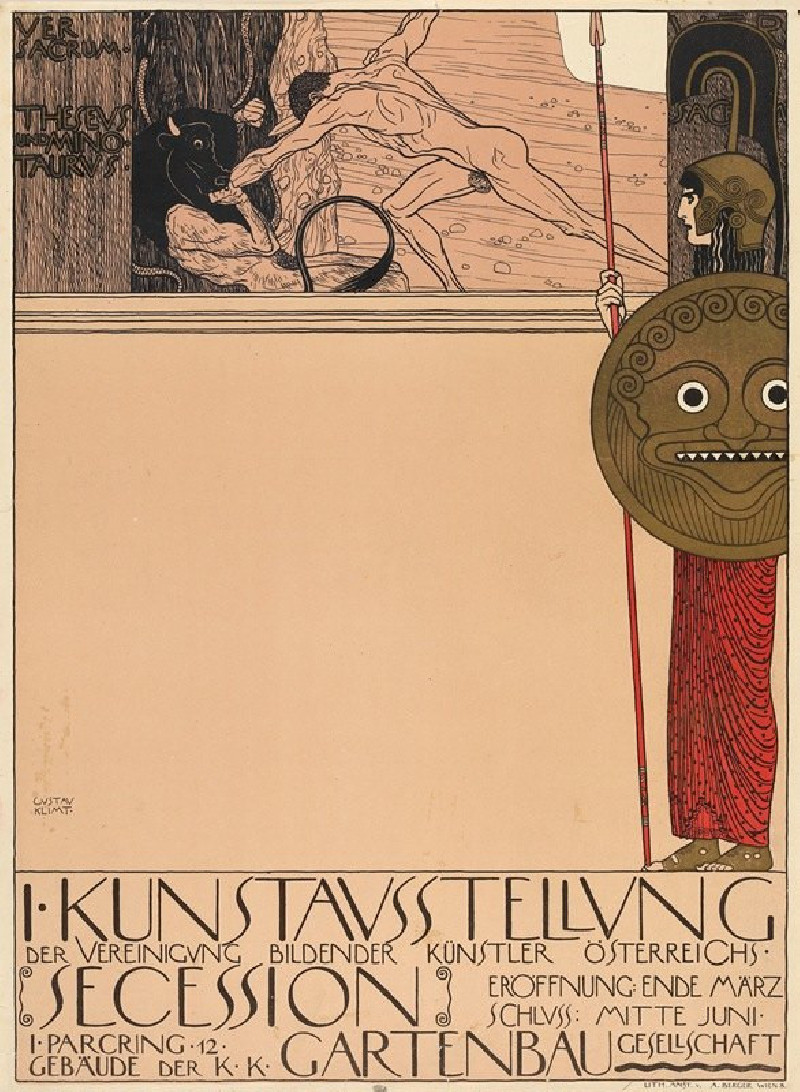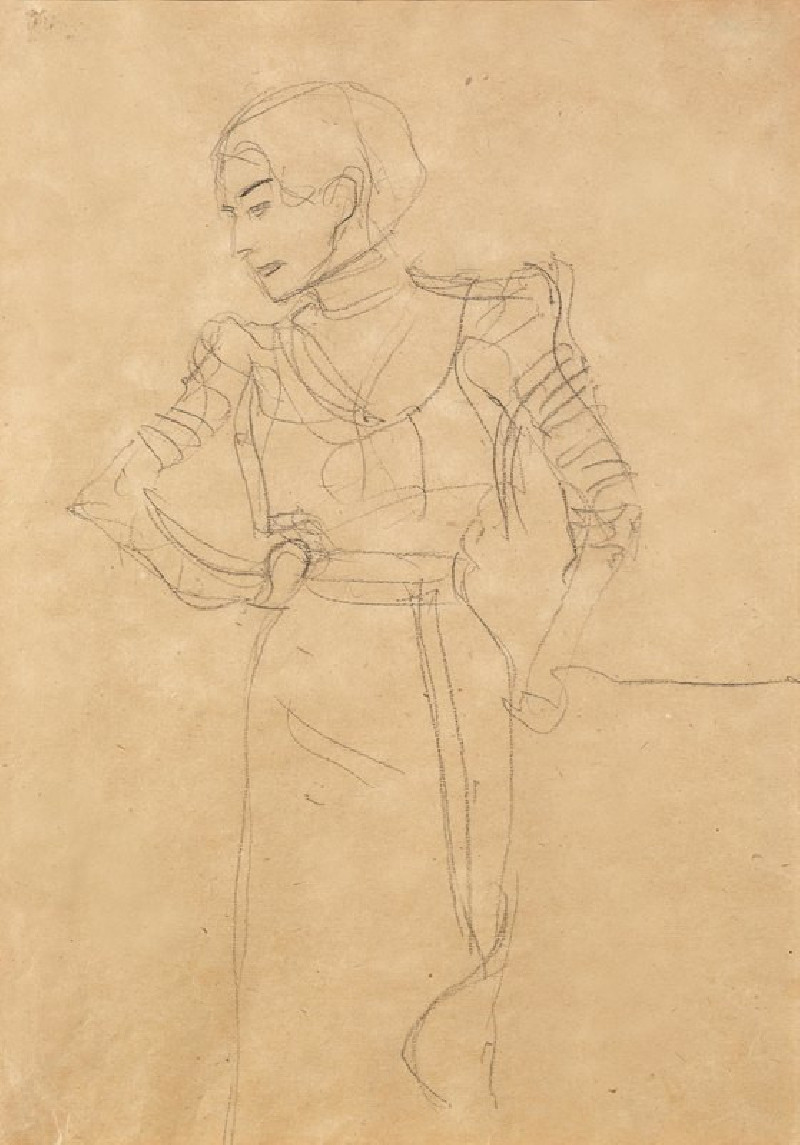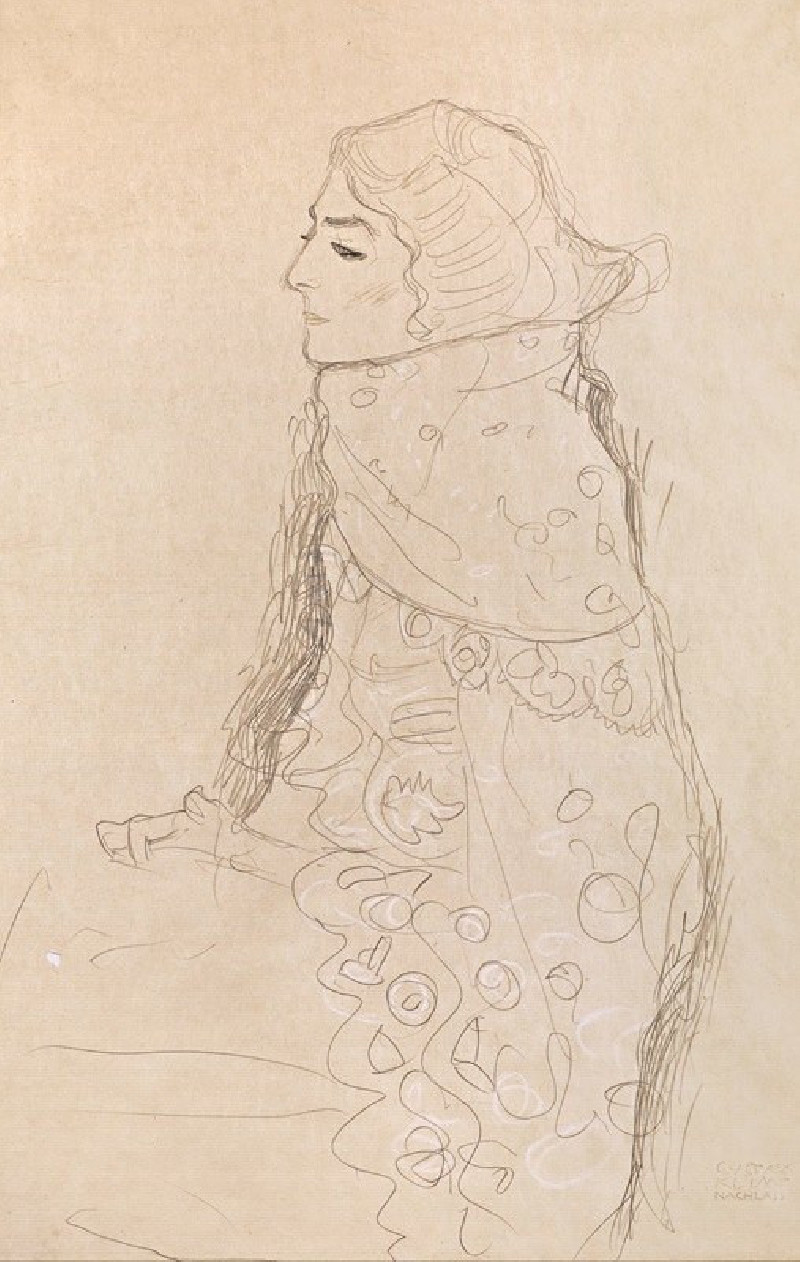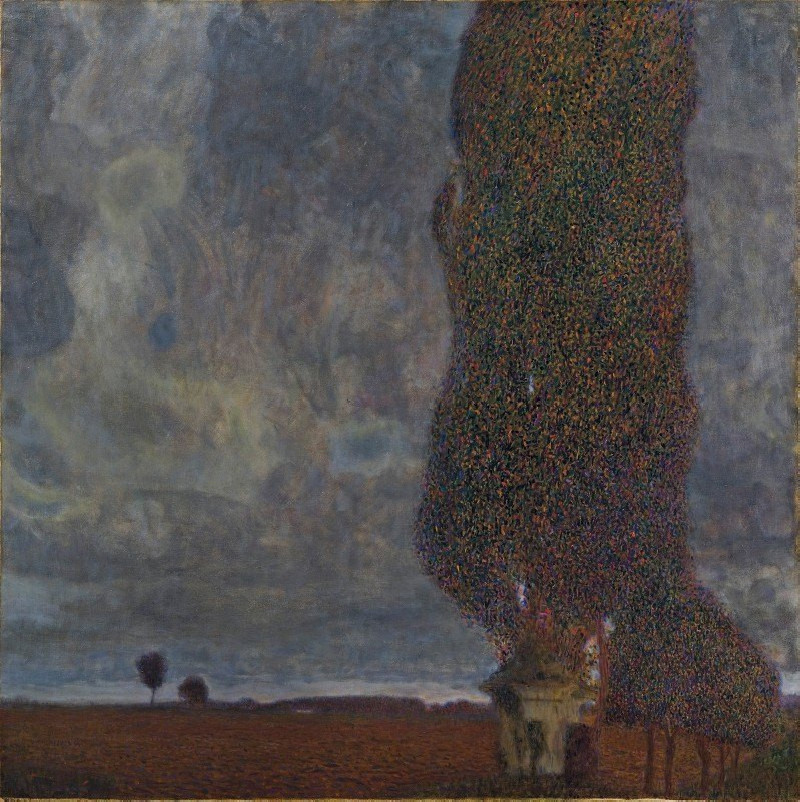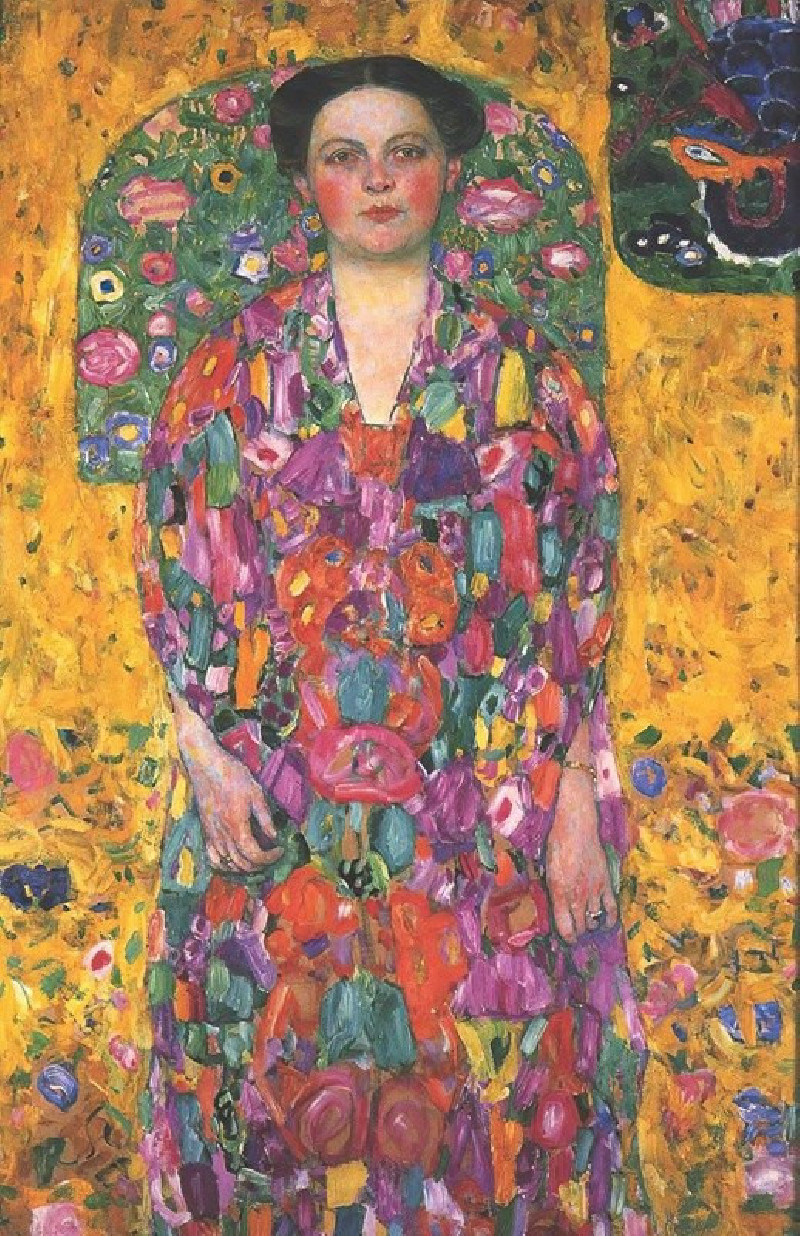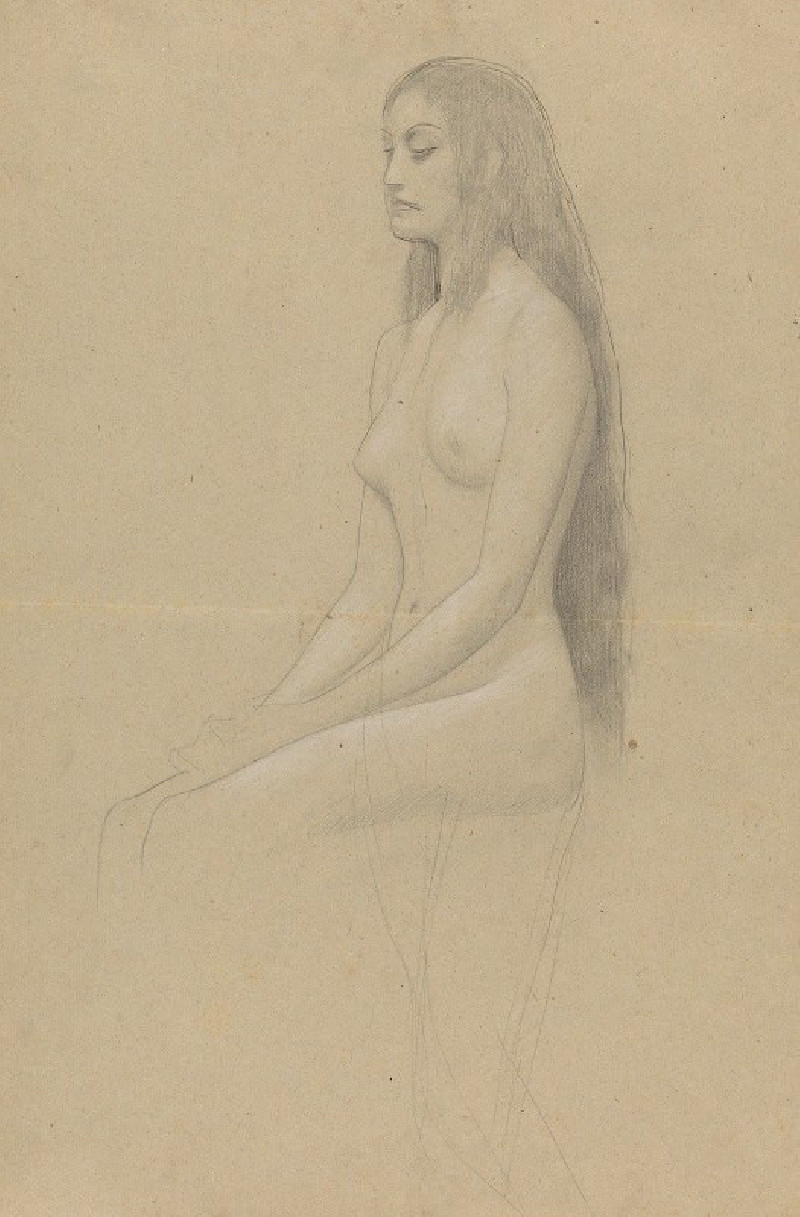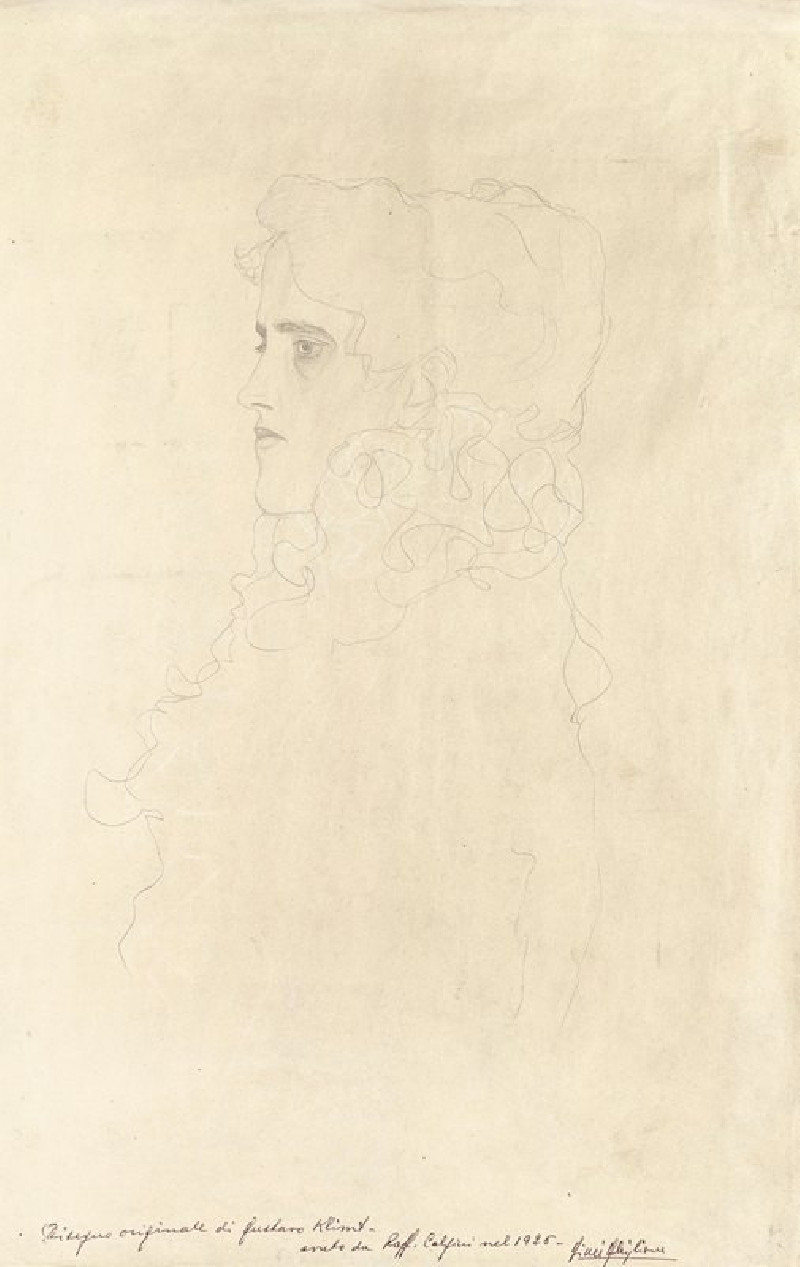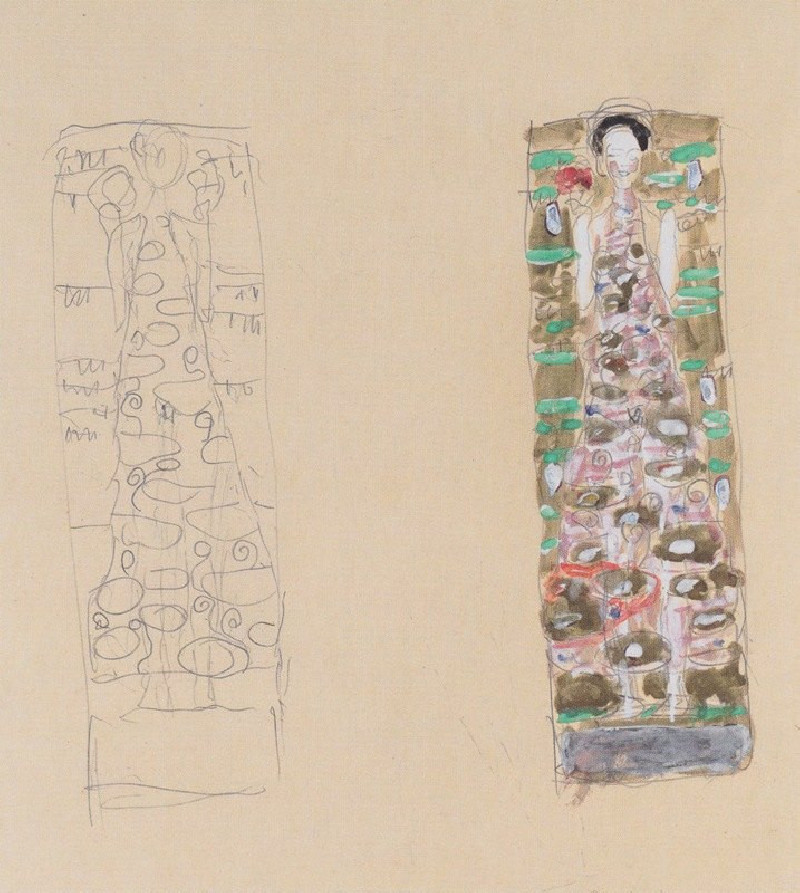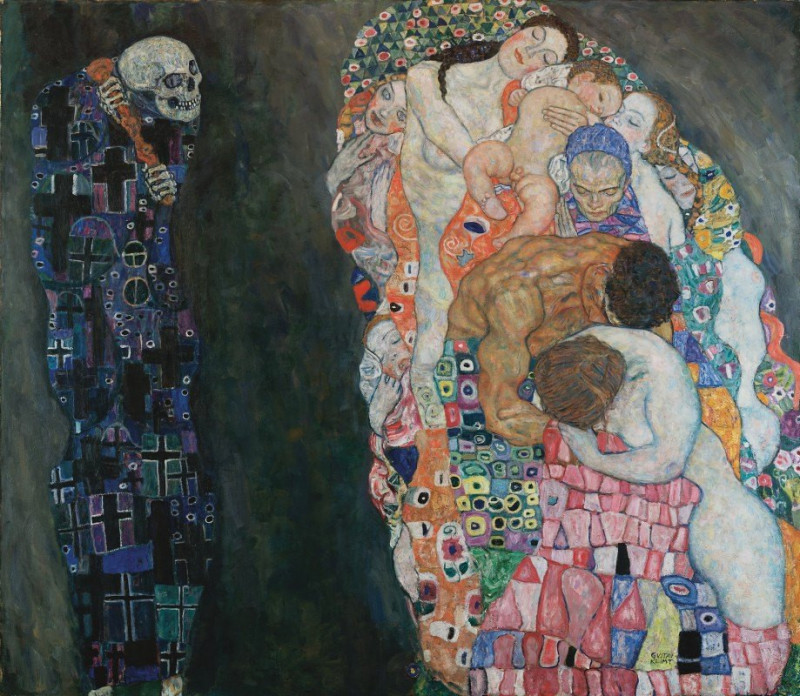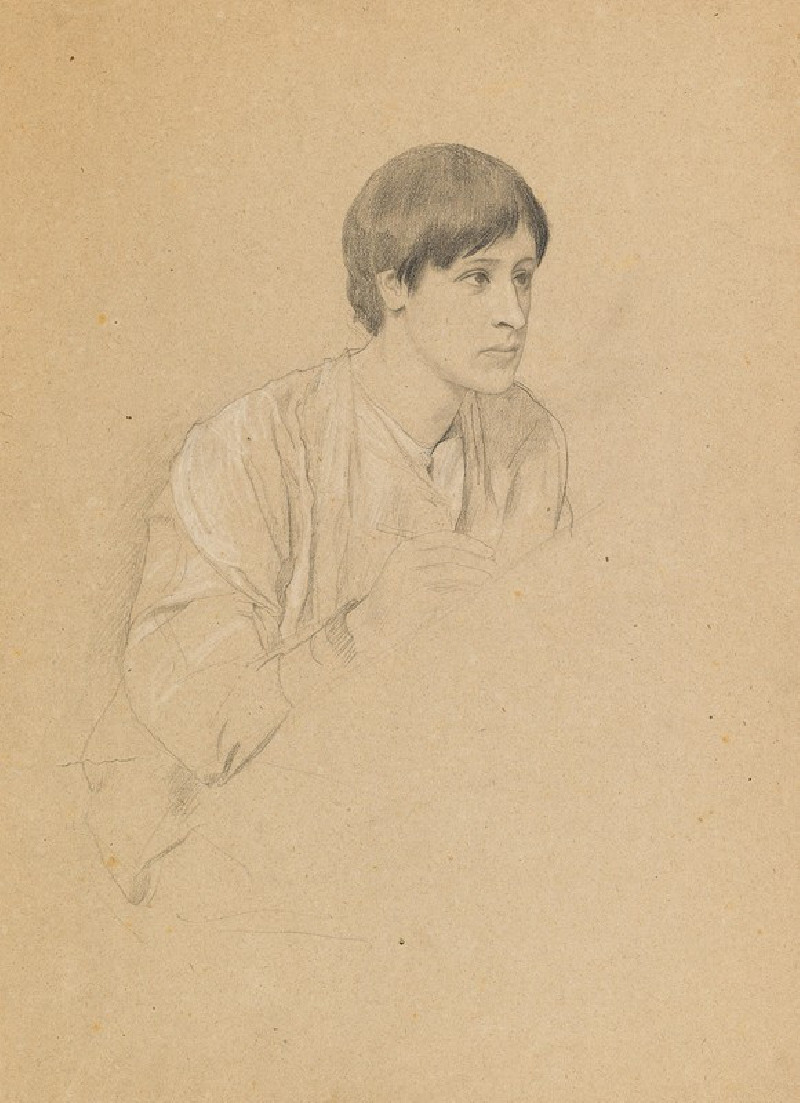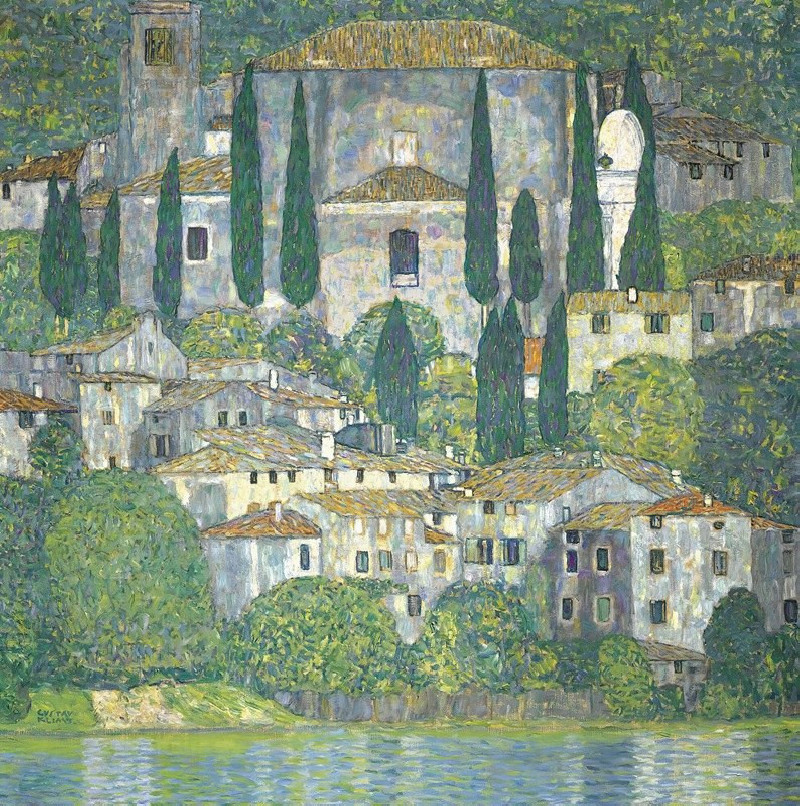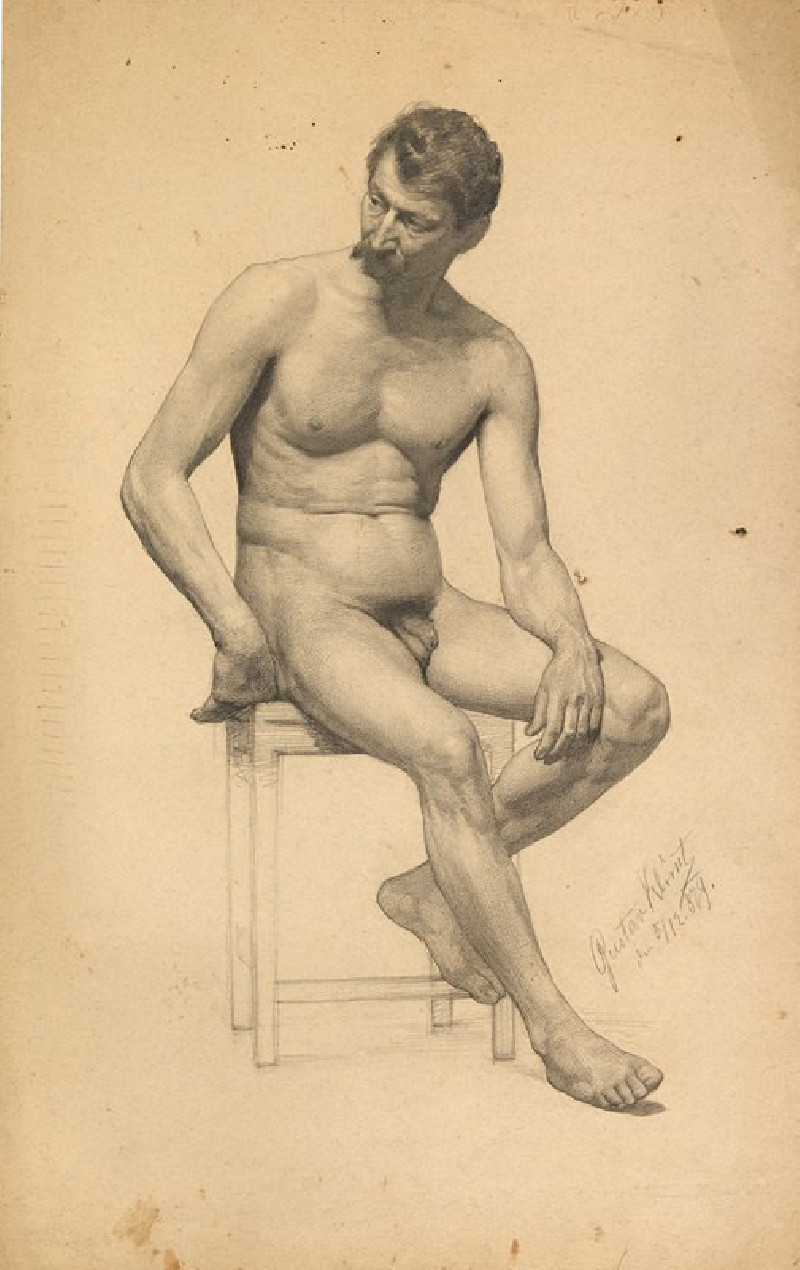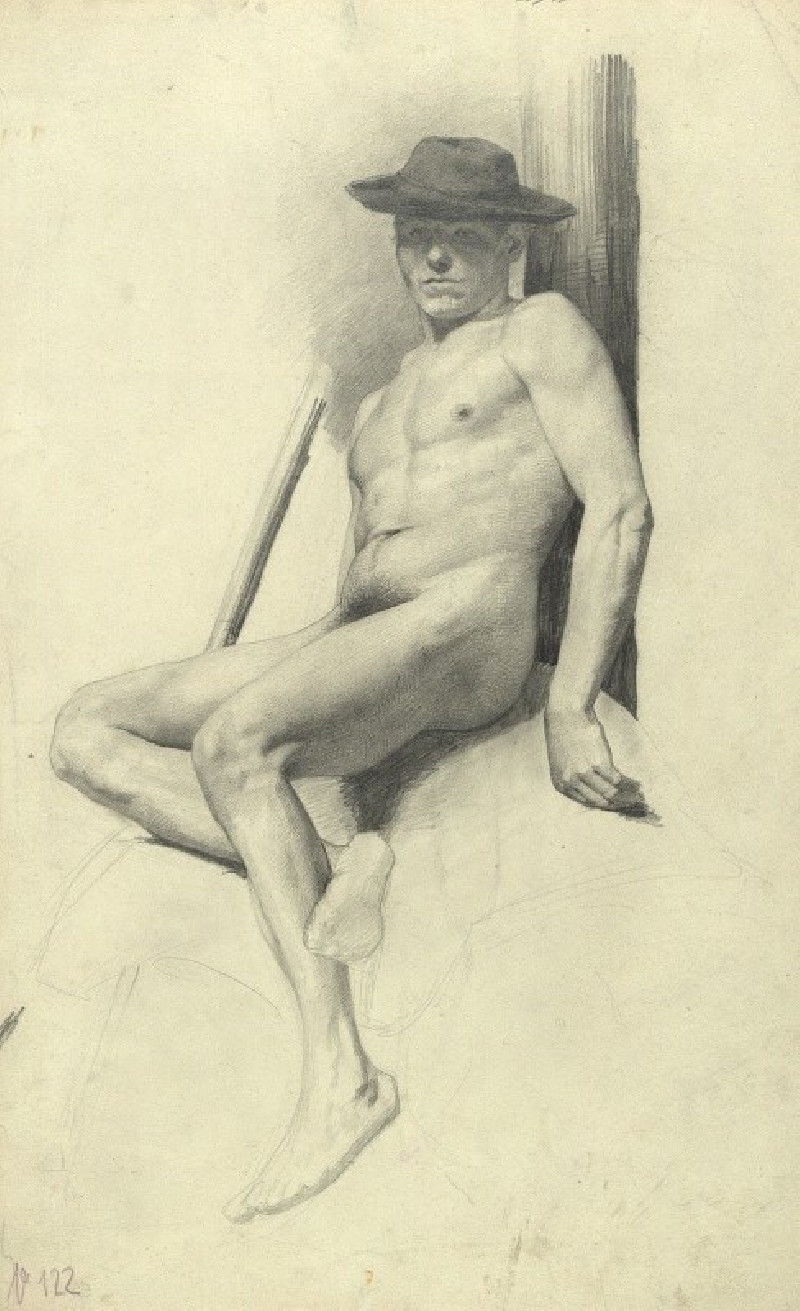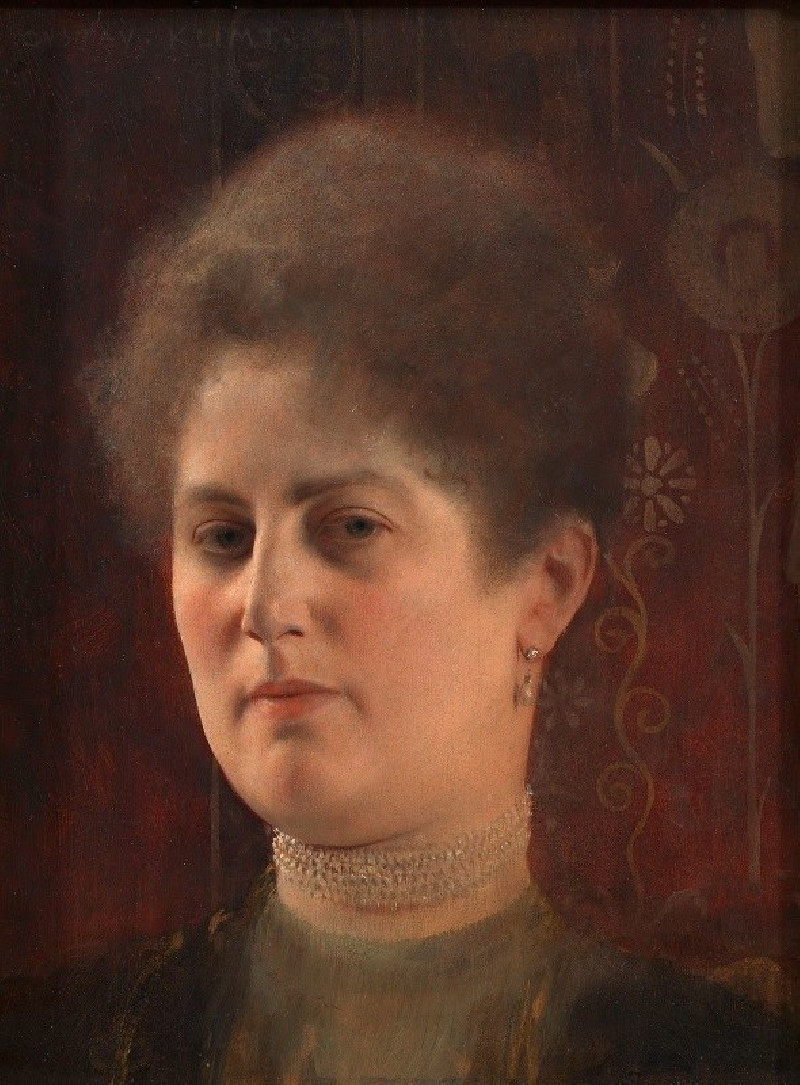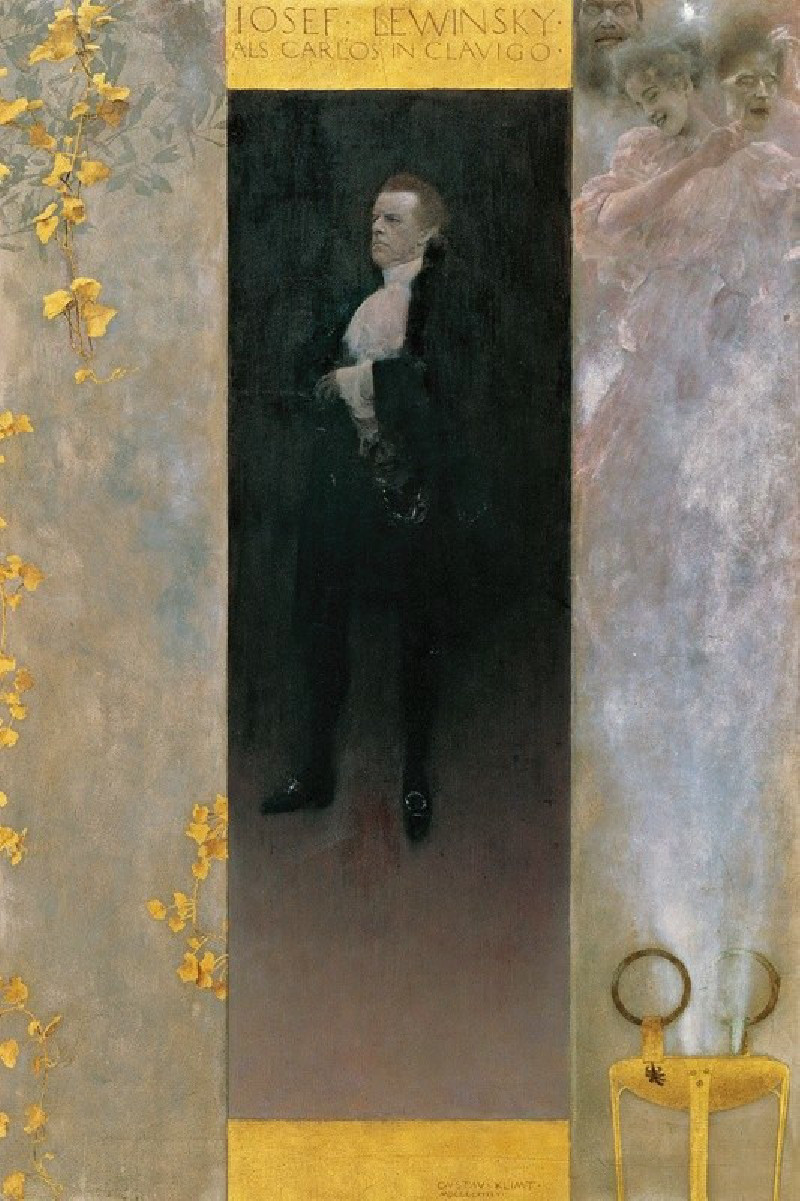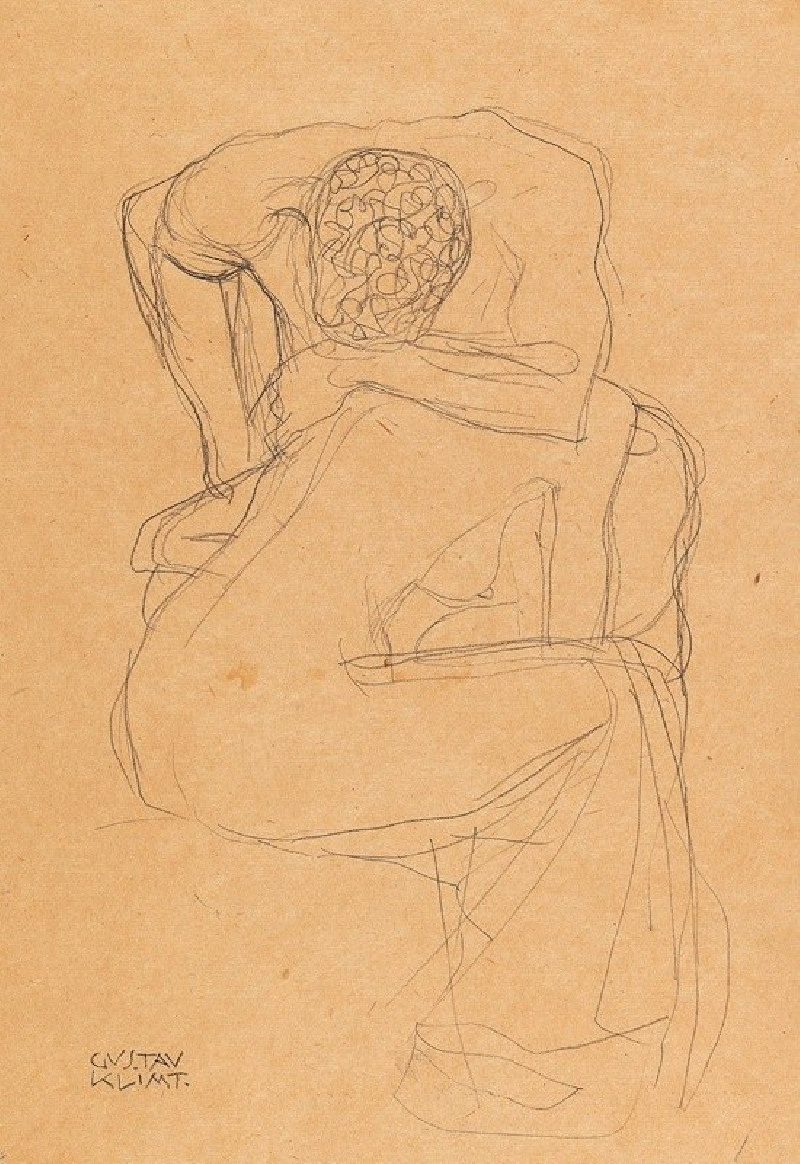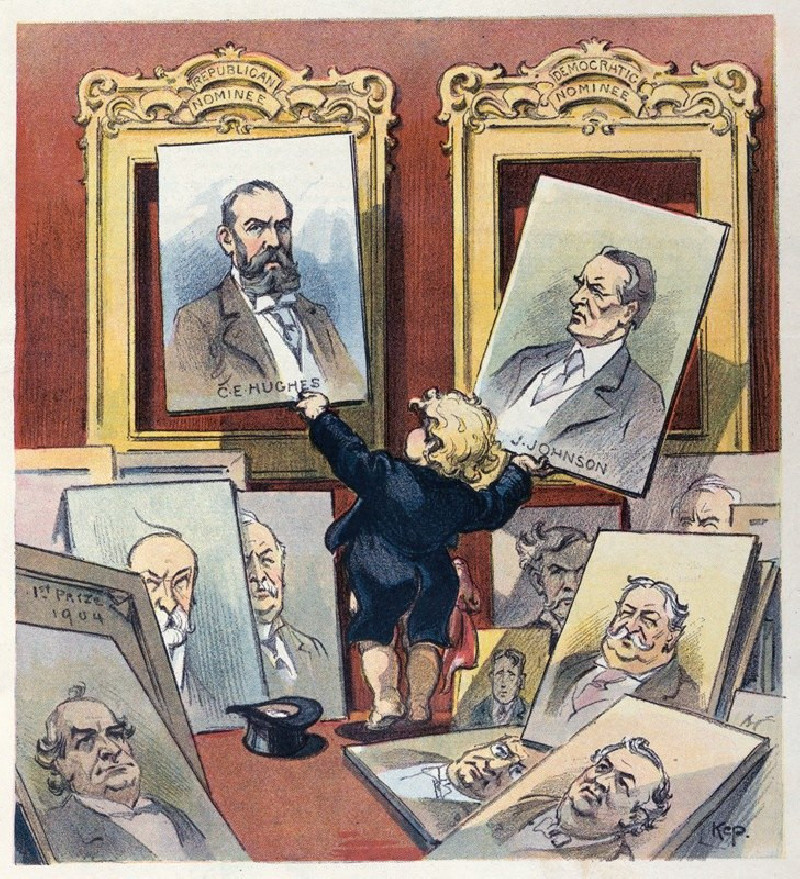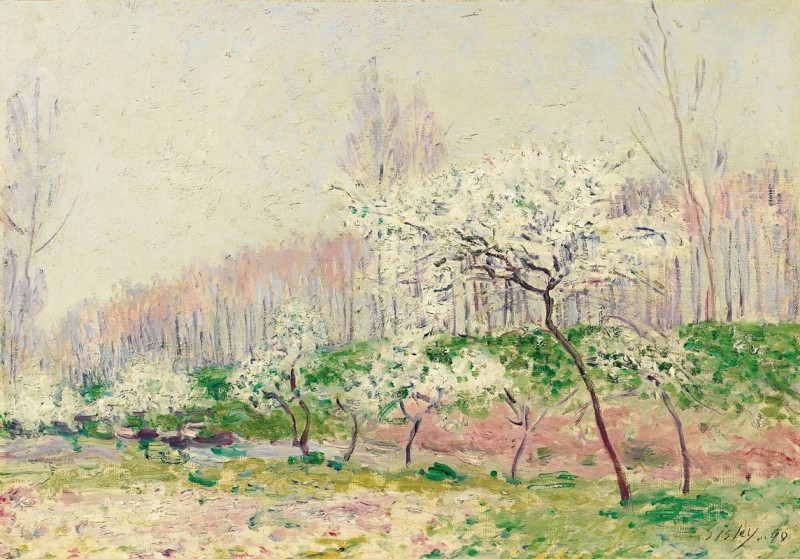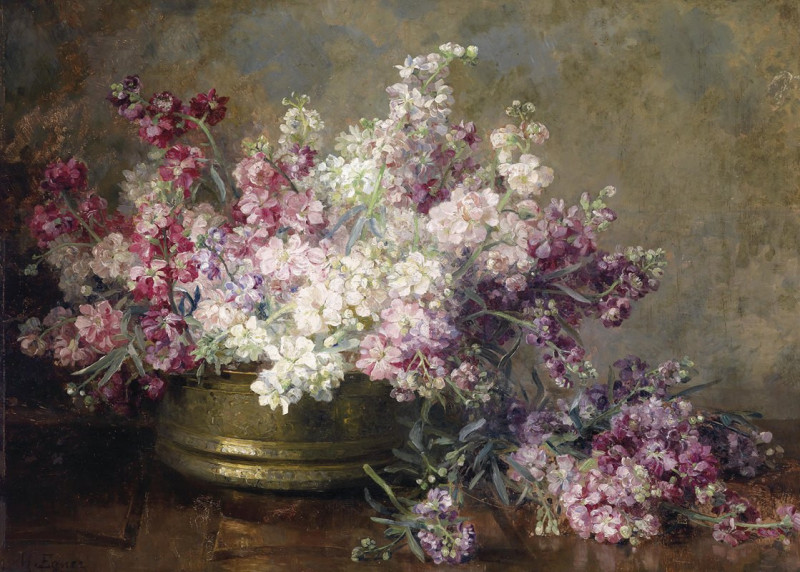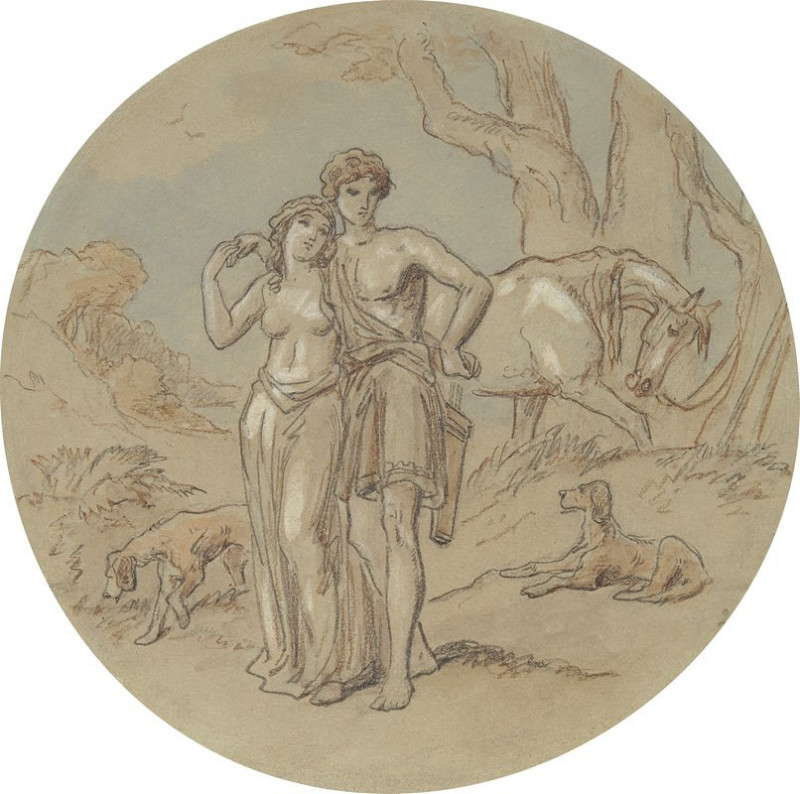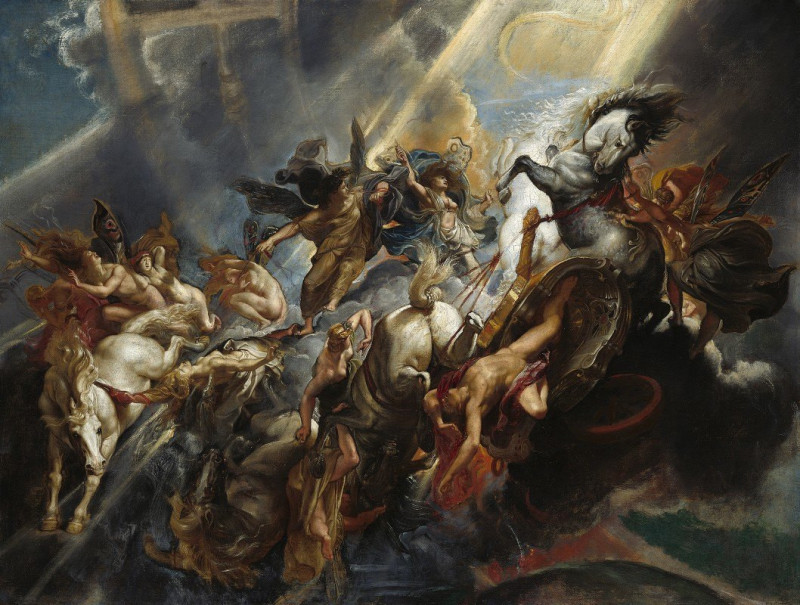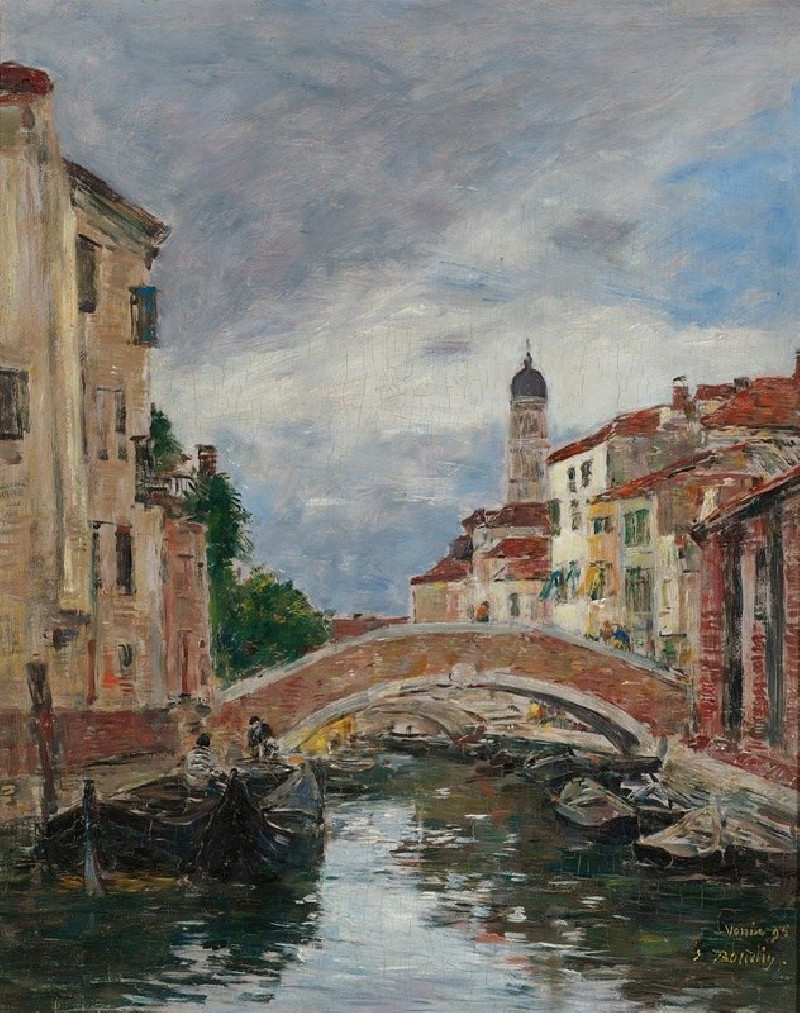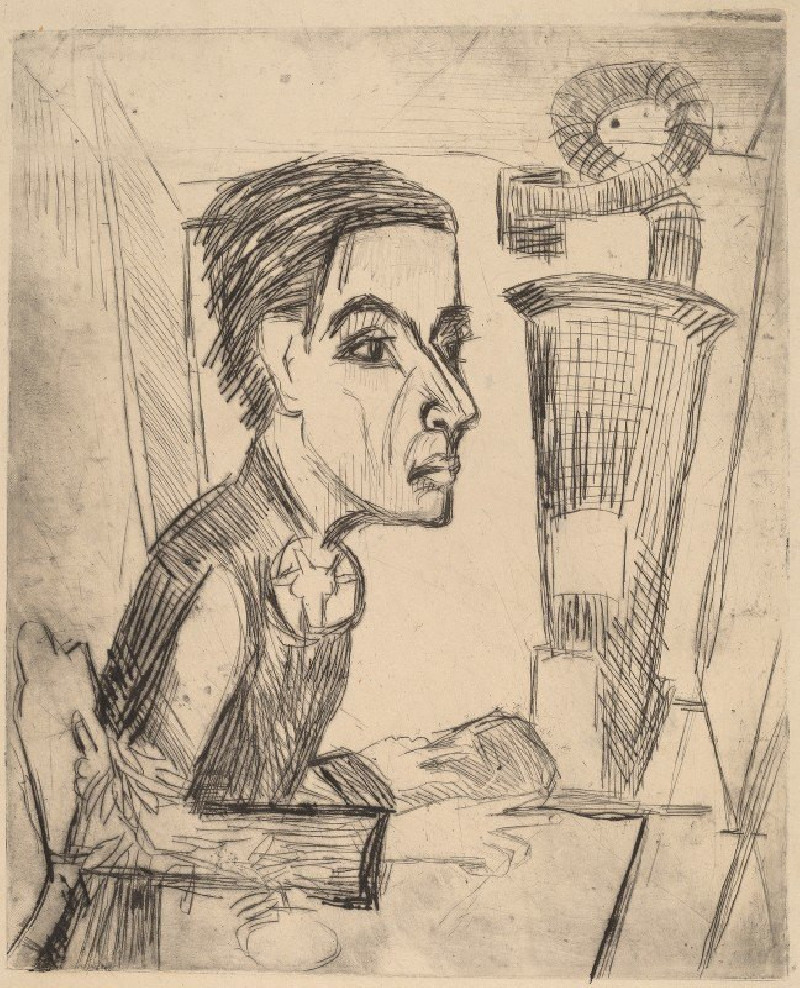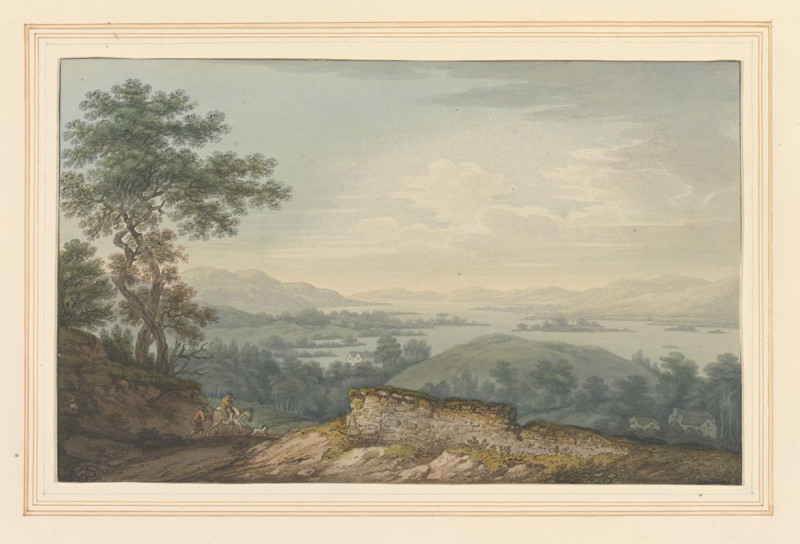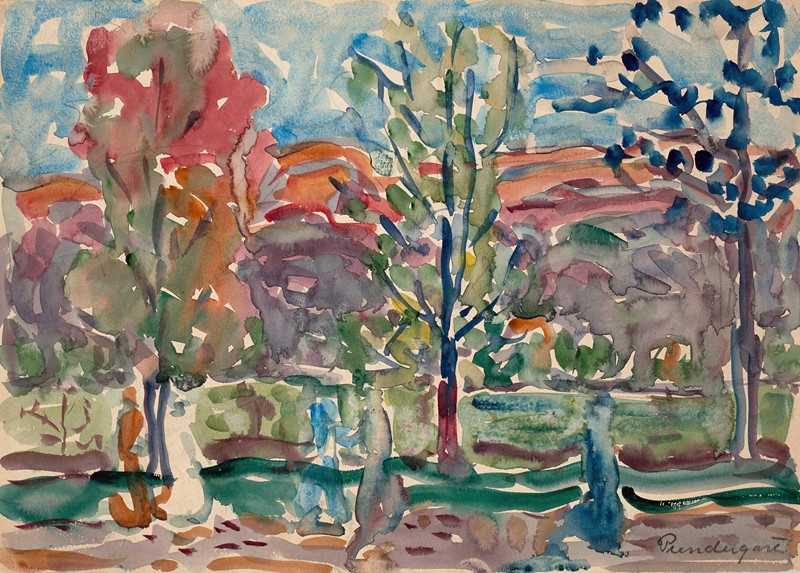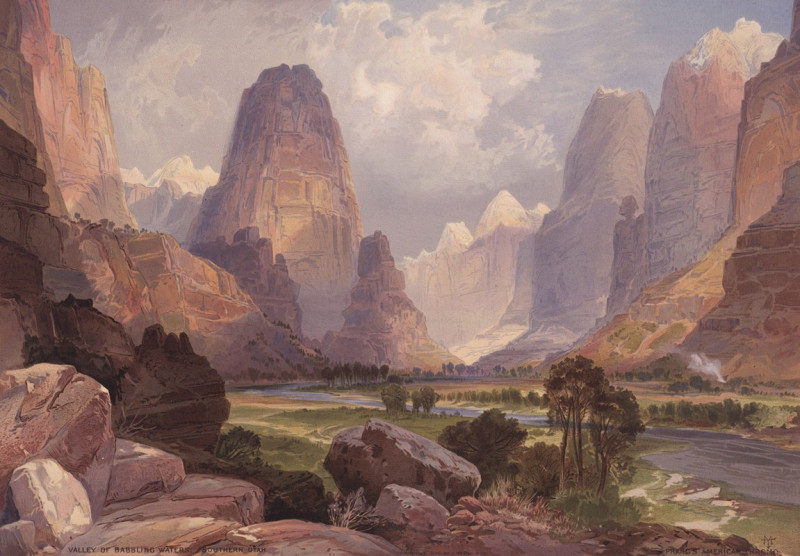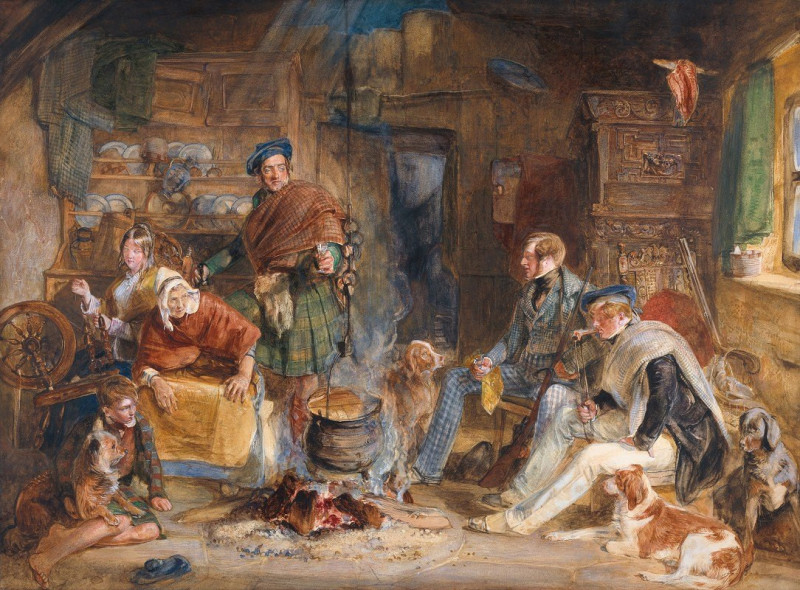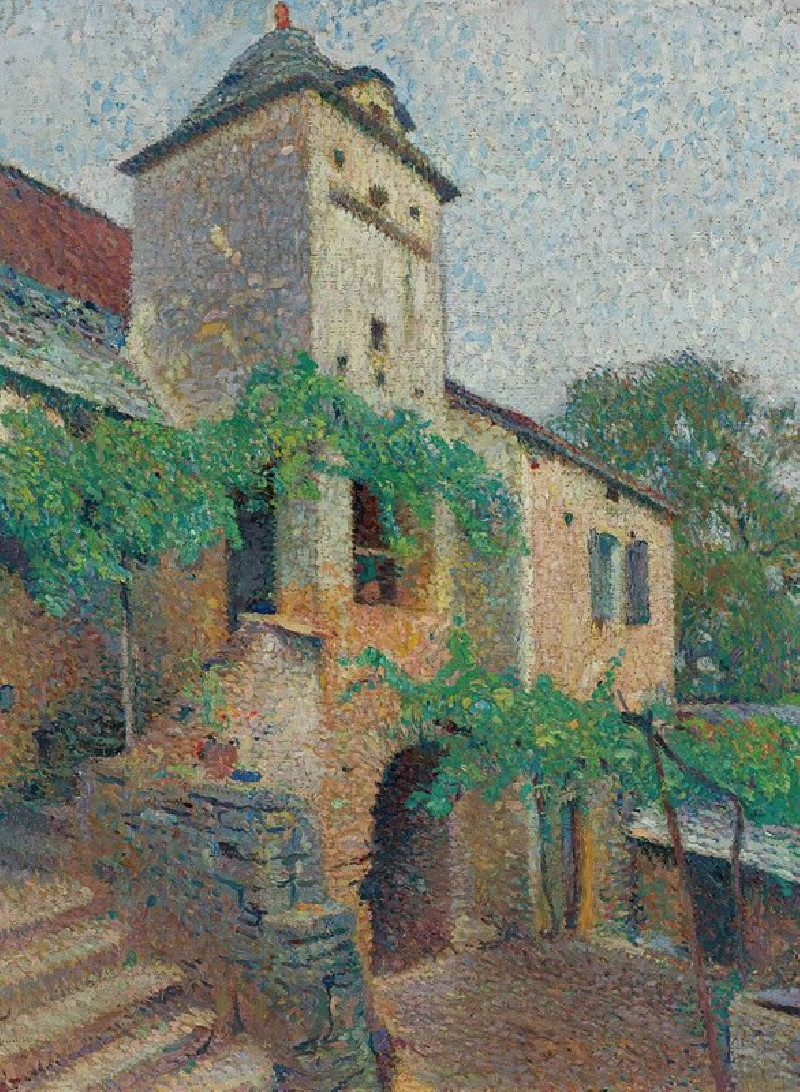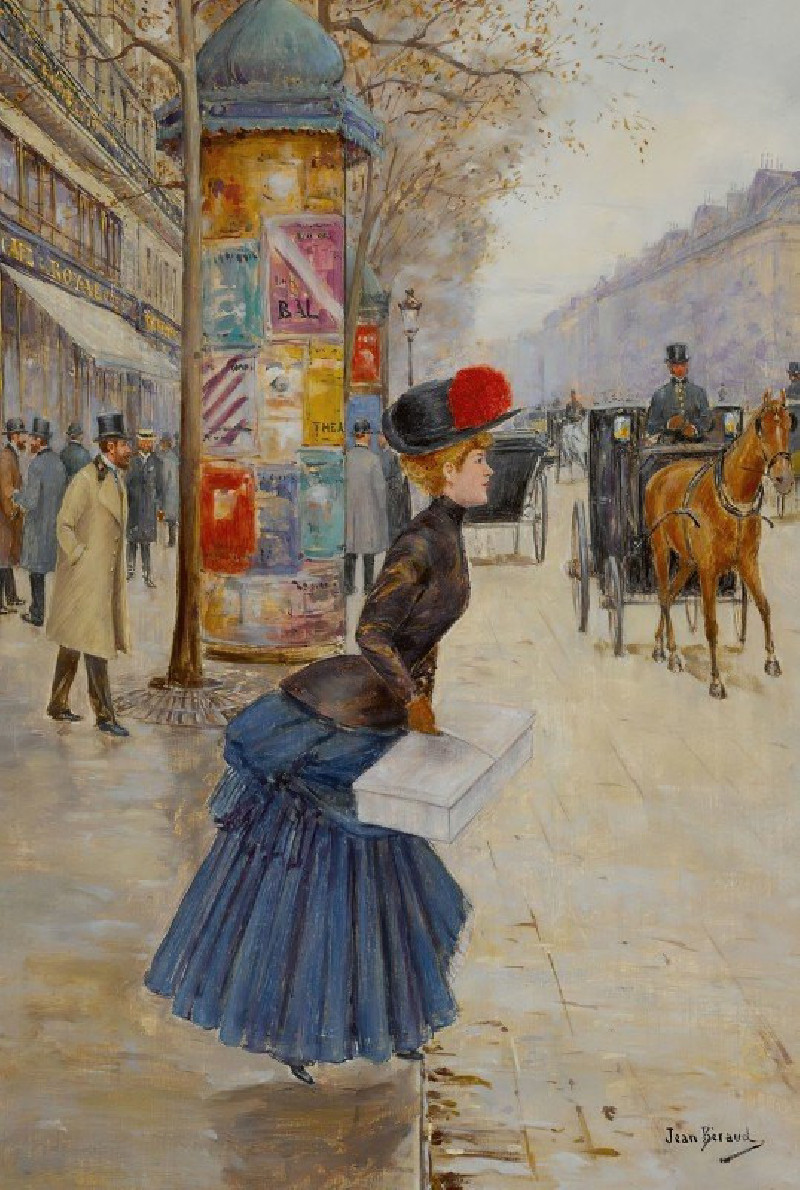Baby (Cradle) (1917-1918)
Technique: Giclée quality print
Recommended by our customers
More about this artwork
Gustav Klimt’s masterpiece, “Baby (Cradle),” painted between 1917 and 1918, evokes a deep sense of emotion and intimacy. This remarkable piece features a baby enveloped in a rich tapestry of colorful, patterned blankets. The painting stands out for its vibrant use of color and complex texture, hallmark traits of Klimt’s style.At the center of the composition is the baby's face, serene and pale against the surrounding bursts of colors and intricate designs. The child appears almost as a jewel among the swirls of blues, reds, yellows, and greens that cascade around it, suggesting the warmth and safety of the cradle. The use of contrasting colors and bold patterns creates a dynamic juxtaposition, while the baby remains a calm and innocent presence amidst the chaos.Klimt's unique approach to this painting, combining abstract elements with a tender subject, invites viewers to contemplate the themes of new life and the comfort of maternal love. The soft, almost ethereal face of the baby contrasted with the vivid, almost turbulent blanket patterns, captures a snapshot of life — peaceful yet surrounded by complexity.This painting not only exemplifies Klimt’s art nouveau style but also offers a glimpse into his ability to invoke emotion through texture and color. "Baby (Cradle)" is a testament to Klimt's mastery in using visual complexity to enhance the portrayal of simple, yet profound human experiences.
Delivery
Returns
Gustav Klimt (1862–1918) was one of the greatest Austrian symbolist painters of the Art Nouveau era. Renowned as one of the most prominent founding members, and as a president of the Vienna Art Nouveau movement (Vienna Secession). His works were mainly paintings, murals, and sketches. Marked by his numerous erotic drawings, Klimt's primary subject were female figures, and at one point his work was even criticized as pornographic. Klimt found financial success in his "Golden Phase" with decorative techniques and the prominent use of gold leaf in his paintings.

